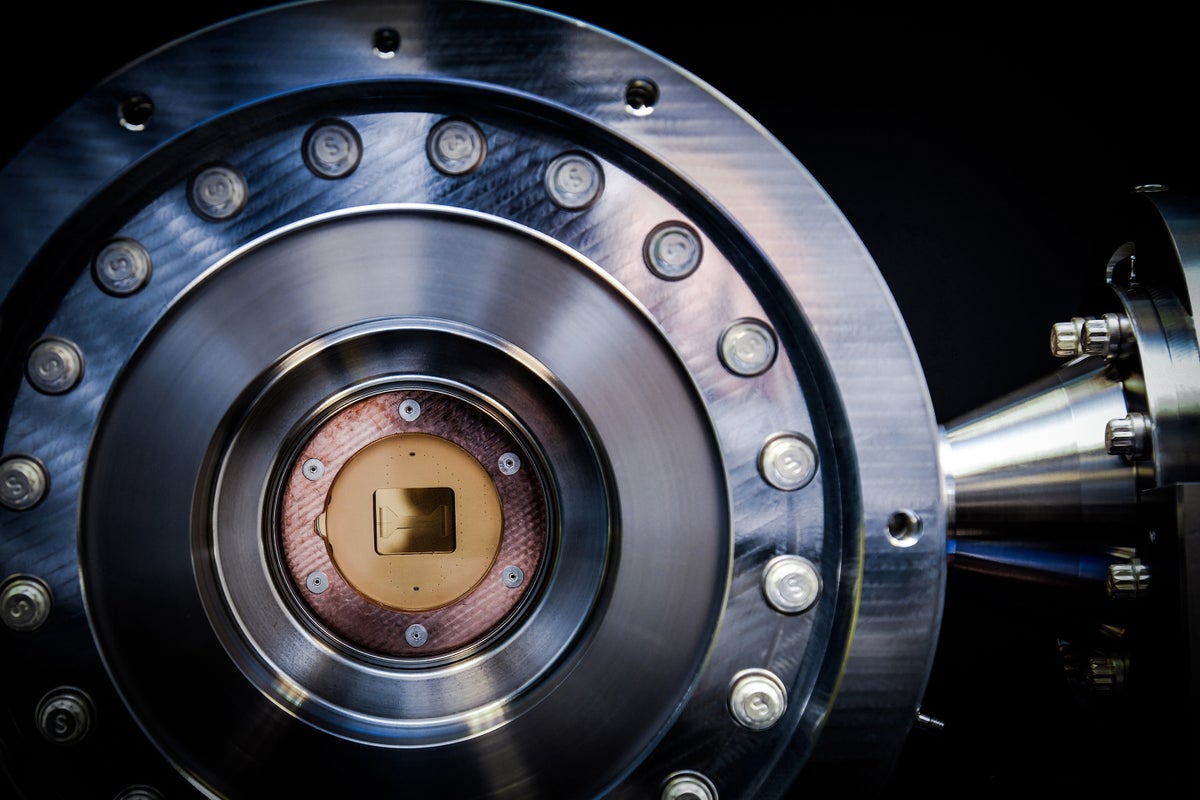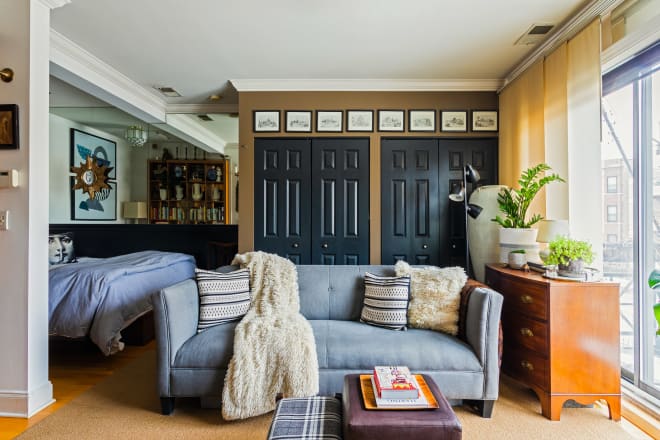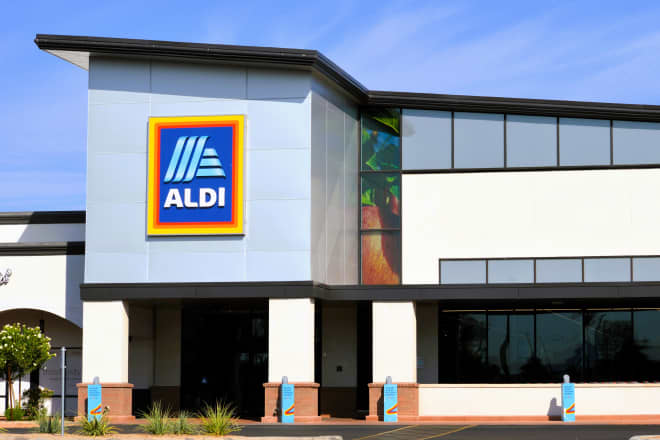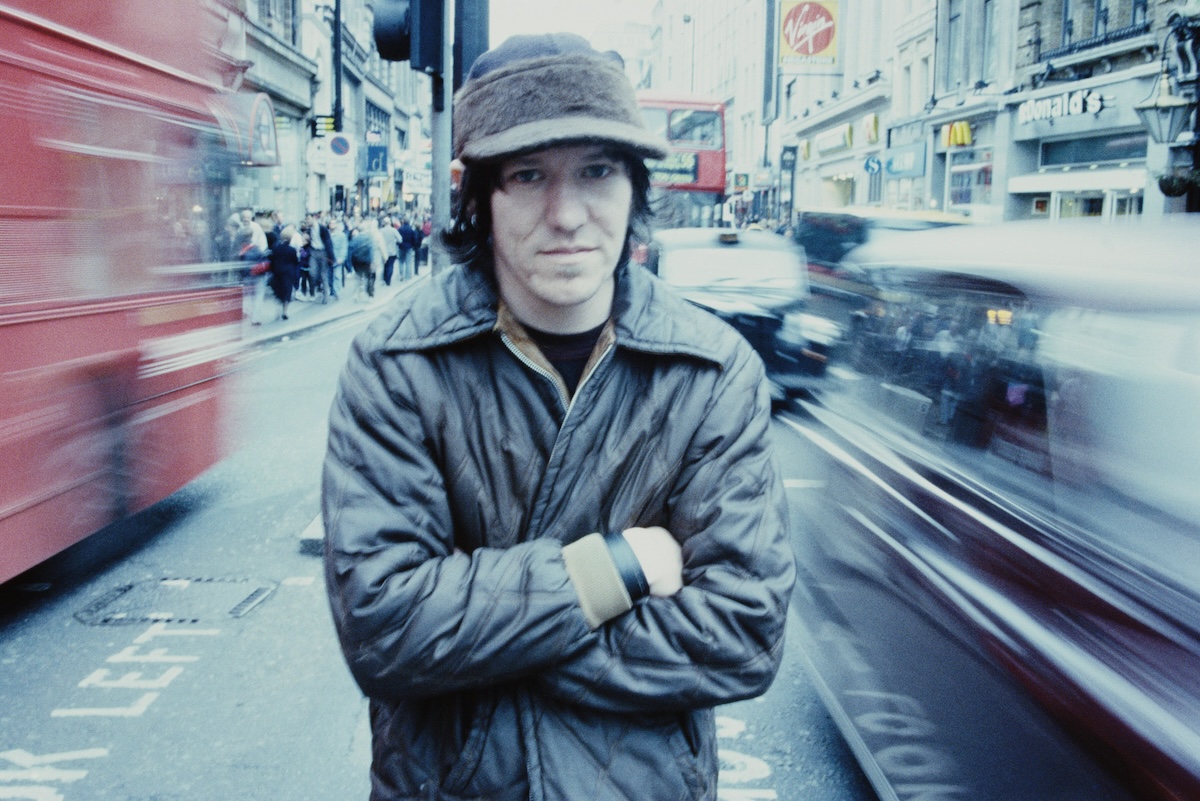How a New Pope Is Chosen—and Who It Could Be
Here’s what to know about how the process works and who some of the frontrunners are to succeed Francis.


Pope Francis, TIME’s 2013 Person of the Year, passed away at age 88 on April 21, just a day after an Easter Sunday appearance at St. Peter’s Square, where he gave well-wishes to thousands of Catholic supporters.
Born Jorge Mario Bergoglio, Francis was elected Pope in 2013 after his predecessor Pope Benedict XVI became the first Pope to resign in about 600 years. [time-brightcove not-tgx=”true”]
Read More: Pope Francis, the ‘World’s Parish Priest’ Who Led in an Era of Crisis, Dies at 88
As the world mourns Francis and commemorates his life’s legacy, his death also kickstarts a leadership transition period at the Vatican known as the interregnum, during which there is no Pope in power (referred to as sede vacante, or the “vacant seat”).
Here’s what to know about how the next Pope will be selected—and who some of the frontrunners are.
What happens when a Pope dies?
After the Pope dies, the Vatican’s traditional nine days of mourning called the novendiales begin.
The election of a new Pope begins between 15 to 20 days after the death. The camerlengo, a cardinal in the Catholic Church, is in charge of organizing the election in a process known as the conclave, which was recently dramatized in the Oscar-nominated film Conclave.
The actual election, however, is preceded by general congregations that are called both to discuss the growing challenges facing the Catholic Church. The general congregations must be attended by all cardinals who “are not legitimately impeded,” according to the Apostolic Constitution.
Cardinals are special bishops and other Vatican officials who serve as the pope’s counselors and visually distinguish themselves with a red cloak. There are more than 250 total cardinals, all of whom are men and most of whom come from Europe, according to the Vatican. While all cardinals can participate in the daily meetings that occur prior to the election, only 120 cardinals—all of whom have to be under the age of 80—can actually vote in the conclave. It is not clear how the 120 voters are selected.
In December, Francis appointed 21 new Cardinals, hailing from six different continents and many of whom reflect more modern and progressive ideals, such as support for inclusivity of LGBTQ+ Catholics, according to NPR. Overall, it is believed thatFrancis will have personally selected about 80% of those who will choose his successor.
Typically, the electorate holds a mass to ask for spiritual guidance before the papal election takes place, according to the United States Conference of Catholic Bishops (USCCB).
How does the voting process work?
The conclave is an act of supreme secrecy. Vatican City becomes extremely regulated, as cardinals are not permitted to communicate with anyone “outside the area where the election is taking place, except in cases of proven and urgent necessity,” per the Apostolic Constitution. Following the funeral rites and mass for a deceased Pope, the electors then process to the Sistine Chapel, where they take an oath of discretion, and close the doors to the public.
Electors all vote secretly via a ballot, which they cast by handing to cardinals delegated as scrutineers. Votes are then recorded and read aloud to all cardinals present. The process continues until a candidate receives two-thirds of the vote, per USCCB.
The public is kept abreast of the voting process through smoke signals created by the burning of ballots. White smoke means that cardinals have selected a new Pope, while black smoke means another round of voting has to take place.
Once the conclave elects a pope, the dean of the College of Cardinals asks him if he accepts the title, and the candidate is dressed and picks his papal name before he walks out to the balcony of St. Peter’s Basilica.
Who is eligible to become the next pope?
The College of Cardinal’s Report, a website aimed at providing more information on potential successors, has identified 22 cardinals who it believes are “papabili,” or most likely to be elected Pope. Some of the qualities a cardinal considered papabili should have include humility, zeal for the Catholic faith, and the promotion of goodness, according to the report. “But predicting the next Pope is notoriously precarious and he may be none of those we propose,” it caveats. Pope Francis, for example, was not on many papabili lists in 2013, because many considered him to be too old.
Despite calls for greater leadership opportunities for women within the Catholic Church during last year’s synod, a summit among Catholic leaders, women are still ineligible to be ordained as priests and therefore are also ineligible for the papacy.
While not explicitly outlined in any specific Church regulations, every Pope has had the status of a cardinal before they took their role as pontiff.
Here are some of the most discussed candidates who may be considered to be the next Pope:
Pietro Parolin
Italian Pietro Parolin, 70, has been serving as the Vatican’s Secretary of State since 2013 and is the highest-ranking cardinal in the electing conclave. He is considered an expert on a number of geo-political issues. From 2002 to 2009, he was undersecretary of state for Relations with States and directed relations with Vietnam, North Korea, Israel, and China.
Péter Erdő
Péter Erdő, 72, would be a more conservative pick for the top post. In 2003, at 51, the Hungarian national was made one of the Church’s youngest cardinals after being appointed by John Paul II. He has opposed divorced and remarried individuals taking communion, believing that marriage is indissoluble, and is against same-sex marriage. His stance on immigration, a key issue in Hungary, has also come under fire in the past: he once compared taking in refugees to human smuggling, but is said to have changed his stance after a meeting with Pope Francis, who was much more liberal on issues of immigration and refugees.
Luis Antonio Tagle
If elected, Luis Antonio Tagle, 67, of the Philippines, would be the first modern-day Asian Pope. Currently serving as pro-prefect of the Dicastery for Evangelization, Tagle is more left-leaning, having spoken out against the isolating impact of the Church’s harsh language against same-sex marriage.
“Yes, I think even the language has changed already, the harsh words that were used in the past to refer to gays and divorced and separated people, the unwed mothers etc, in the past they were quite severe,” he said in 2015. “Many people who belonged to those groups were branded and that led to their isolation from the wider society.
Matteo Maria Zuppi
Italian Matteo Maria Zuppi, 69, has taken the lead from Francis in his attempts to foster a more inclusive environment within the church. He served as special envoy to Russia and Ukraine, and has engaged in dialogue with leaders in Kyiv, Moscow, Washington D.C., the West Bank, and Beijing.
He has been open about his acceptance of homosexuality and is also supportive of prisoners rights and the abolition of the death penalty, and in June 2023 he called for a “legal system that guarantees protection and welcome for all.”
This is a developing story and will be updated.
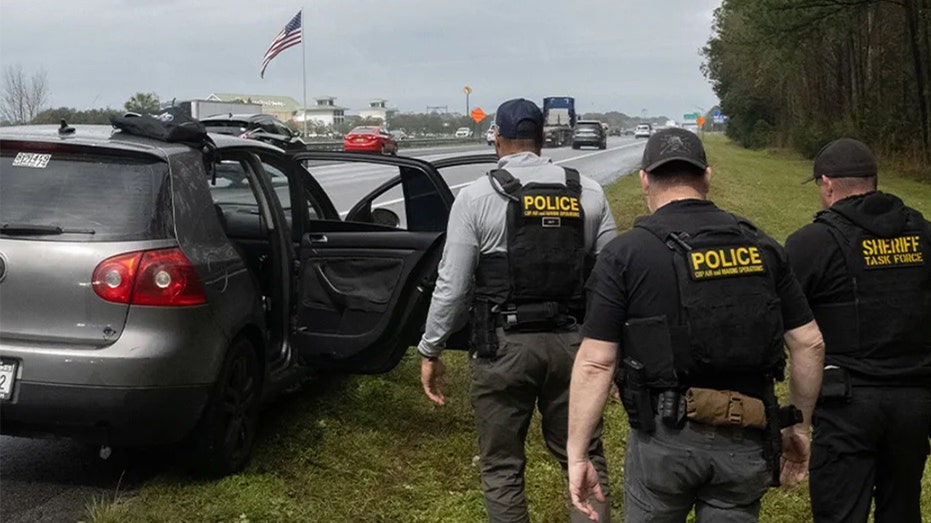











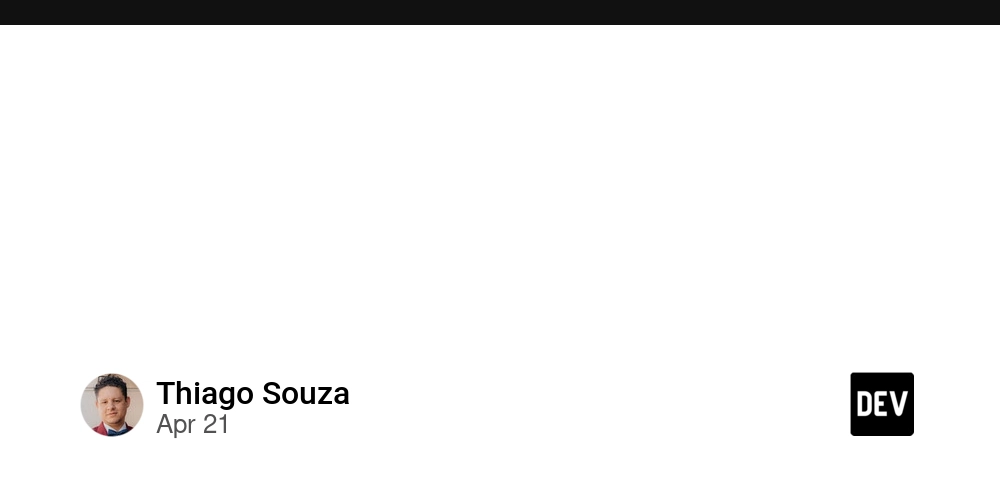
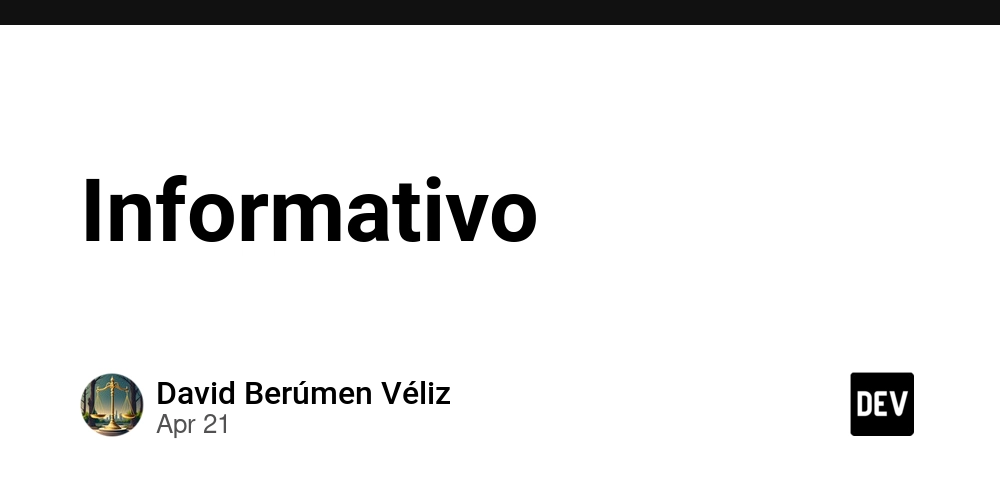




_Tanapong_Sungkaew_via_Alamy.jpg?width=1280&auto=webp&quality=80&disable=upscale#)













